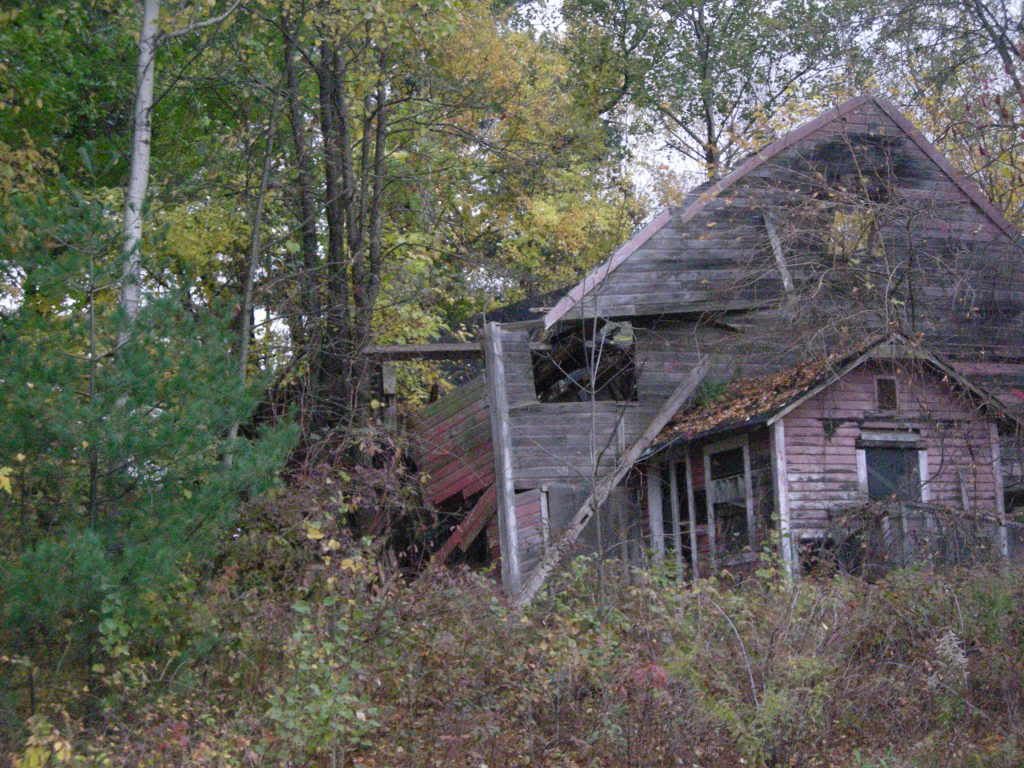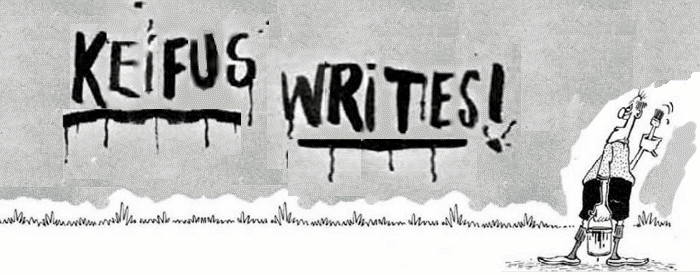Posts are made by tools like me
There are hikes you can take in New England--and I take far too few of them--where you can climb one of the many rolling hills and low peaks and bare granite crags of the ancient glacially-scrubbed foothills and look out over expanses of foliage only modestly interrupted by the intrusions of civilization. In October, this stretches out in red and yellow and matte evergreen, and there's no better time of the year to breathe: woodsmoke wafts from some distant chimney, the fallen leaves rustle up healthy earth scents not yet given over to chill or rank decay. It's strange that the season of dying can be so life-affirming, but so it goes. We value the moments most as the last of them tick so rapidly away. Autumn is the nostalgic time of year. The soft-focus light is less a function of the angle, after all, but a function of the leaves, with the chlorophyll dropping its job of corralling the yellows (as well of the blues), the deep green shade of summer is lost, and the skeletal gray shadows of winter are staved off for another couple weeks. The color of autumn is sepia.
The beauty of trees is a function of the elevation of the observer. Get a high enough view, a couple thousand feet up one of the taller local peaks maybe, or even out the window as you glide in towards Logan Airport, and the tree cover brings out a sense of rural serenity. It covers up the byways and the front yards, and from above, suburbia could be mistaken for a forest, cut through (depending on your view) with the occasional well-groomed highway or parking expanse, with rooftops and fields emerging tastefully from the canopy here and there. It's a different impression from treetop level. If you're on one of those lower outcrops, or if the roadway swerves into one of those scenic overlooks where the landscape stretches out in front of you, you can see the trees blanket the geography like a bumpy ocean of polyps, an endless tray of bloated past-due fruit that can be grabbed and crushed in your fist in pustulent bursts. At this time of year, these sudden vistas are the seasonal glamor shots, and they're nice for their color and expanse, but it's not my favorite perspective. It reminds me too much of a mold colony viewed under a microscope. It reminds me that there's nothing special about the shape and the color of the things, just another example of a million self-similar natural structures, unique only because they're slightly bigger than people and most of the stuff we build. I like the trees best when viewed from below, filtering down yellow light. The walk up is the best view of the hill, as the as the branches loom and sway over you in majestic expanse, and you trudge leaf-blown paths and trip over gnarled old roots.
The forests aren't very old in New England, maybe a hundred years, most of 'em. That's enough to grow some species of trees for a solid lifespan or two, but it's still hard to go hiking and find anything like old growth. They're not the same forests that once teemed with chestnut and elm, that the pre-industrial white settlers thoroughly hacked down to clear farms and heat a couple centuries worth of homes. Nor are they the same woods that the Algonquin speakers still had to respect. People have been part of this nook of the biosphere for at least 30,000 years, and the warm chapter in the climatological novel has been developing over more or less the same time, and different plant species thrive or die under different conditions. The forests were in flux enough without chainsaws and imported Asian fungi, but probably at nothing like this rate. 
You don't see too many elder trees around in the woods, no trunks that have grown stabilizing feet at their base, no wind-tortured branches, no rotted-out boles for ghosts to hide in. The remaining ancient members are all loners, allowed to survive near the earlier homes and churches, as docile and as assimilated as old house servants, watching, twisted and benevolent, over people's front yards, scarred into submission with decades of grooming.
The biggest malpractice of tree surgery is along roadsides, to accommodate power lines. We're so used to seeing telephone poles, but they're nasty, ugly things, and to me, they look like relics out of 19th century urban photographs. Along some roadsides, they're noticable for their absence, and it's comforting to me when the hardwoods get the opportunity to stretch their arms over the pavement and meet hands in the middle. It adds drama when these arboreal tunnels are allowed to open up, and then swallow the traveler again. There's mystery around every corner.
It's tempting to universalize the experience of the New England autumns, disregarding untold generations of people feeling out their souls in every niche of climatic and civilizational diversity. No doubt they feel their own seasonal quickenings. But the fall makes me happy to live here.
